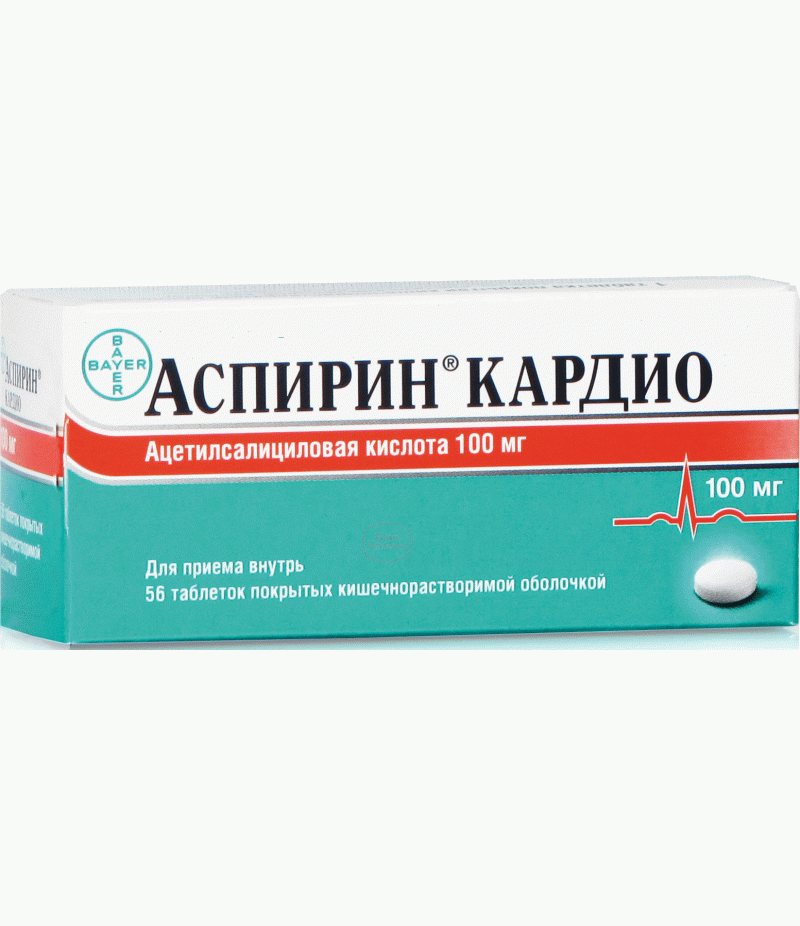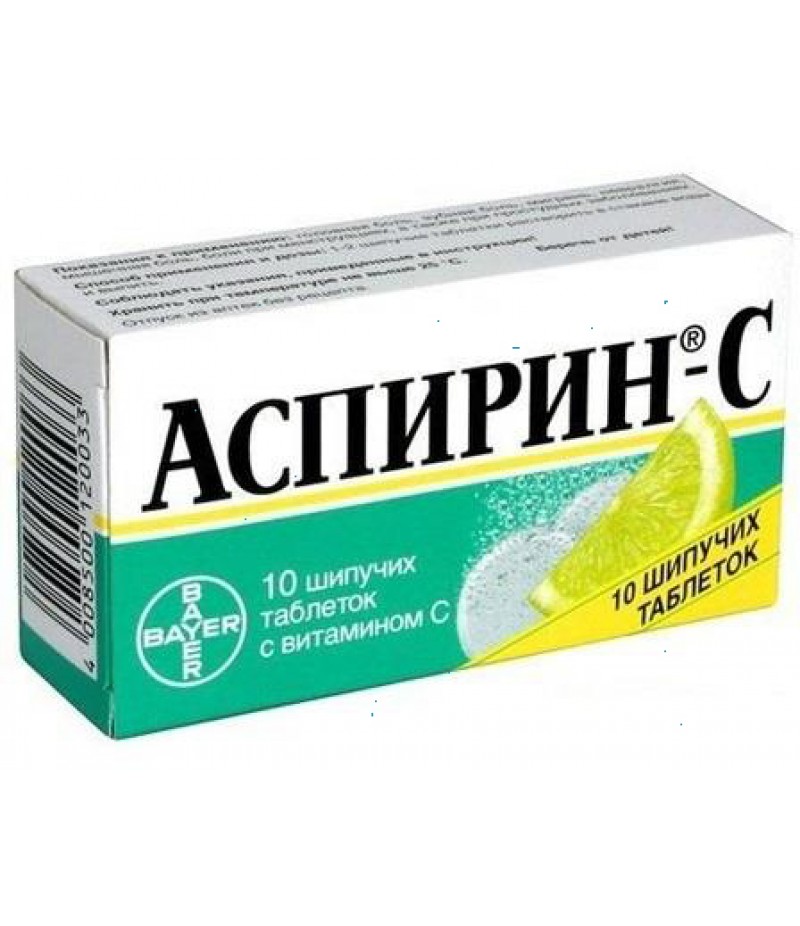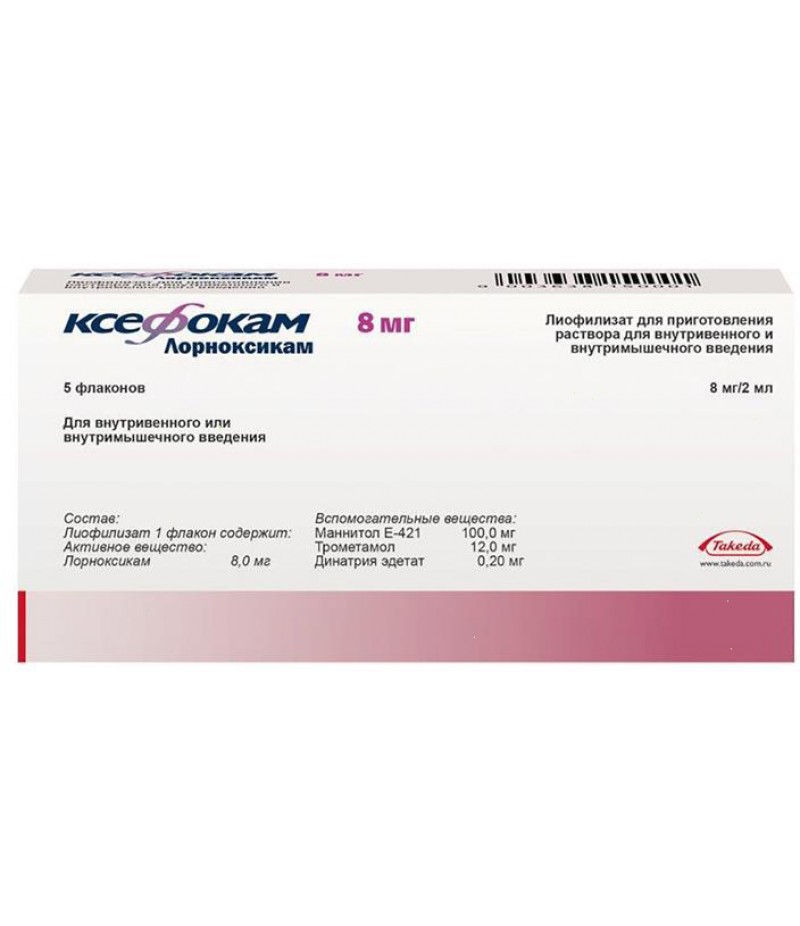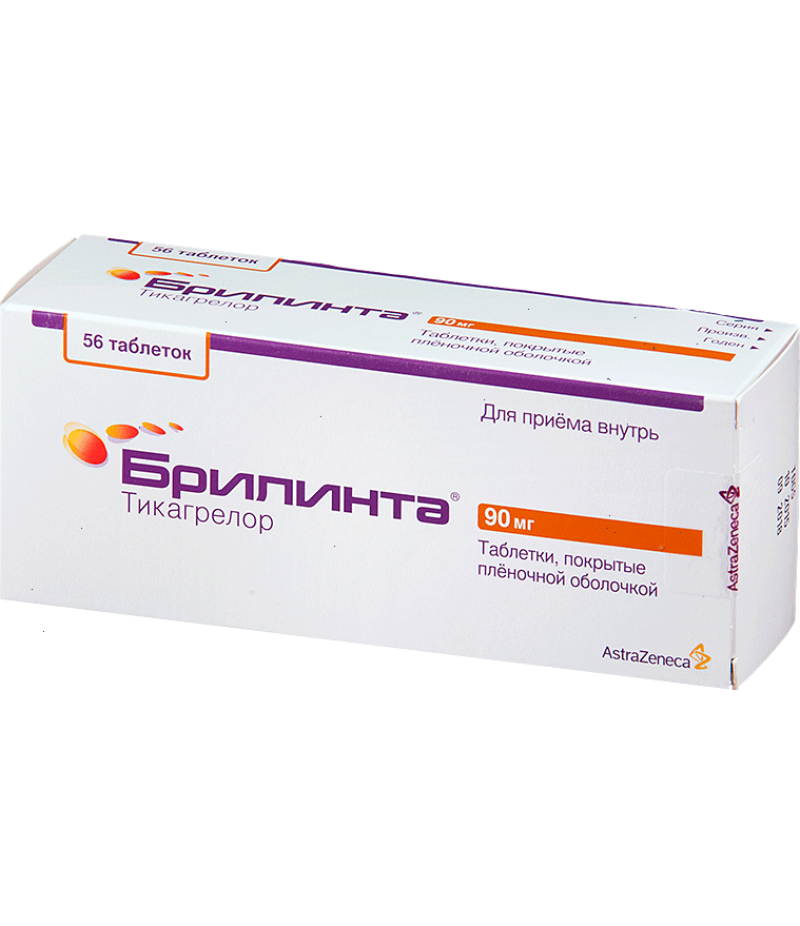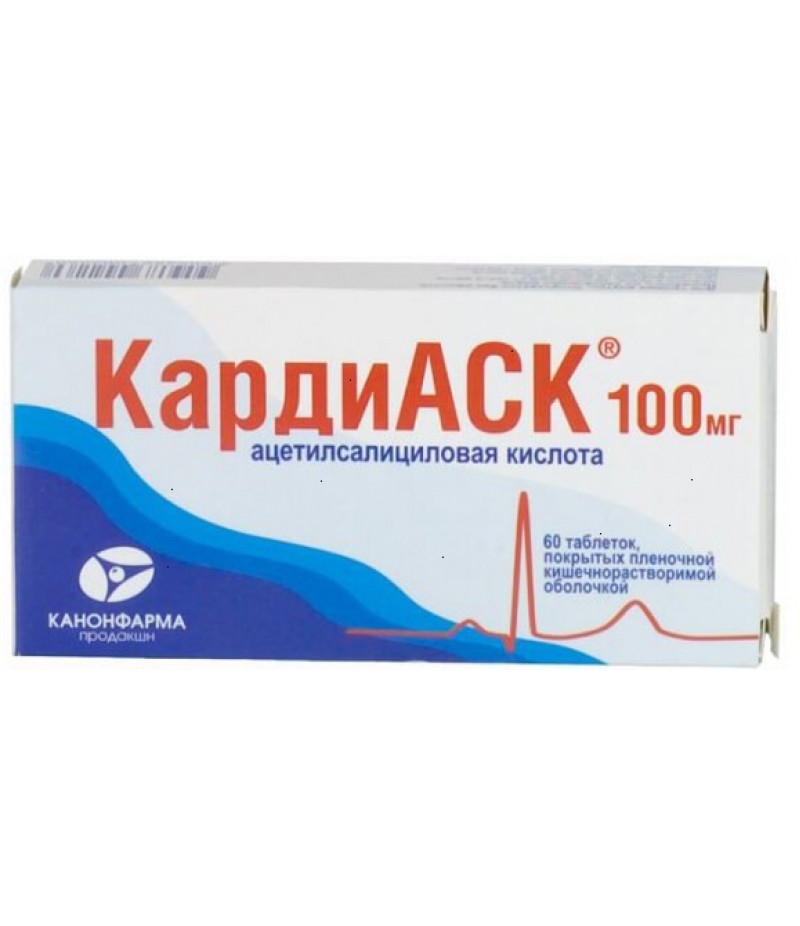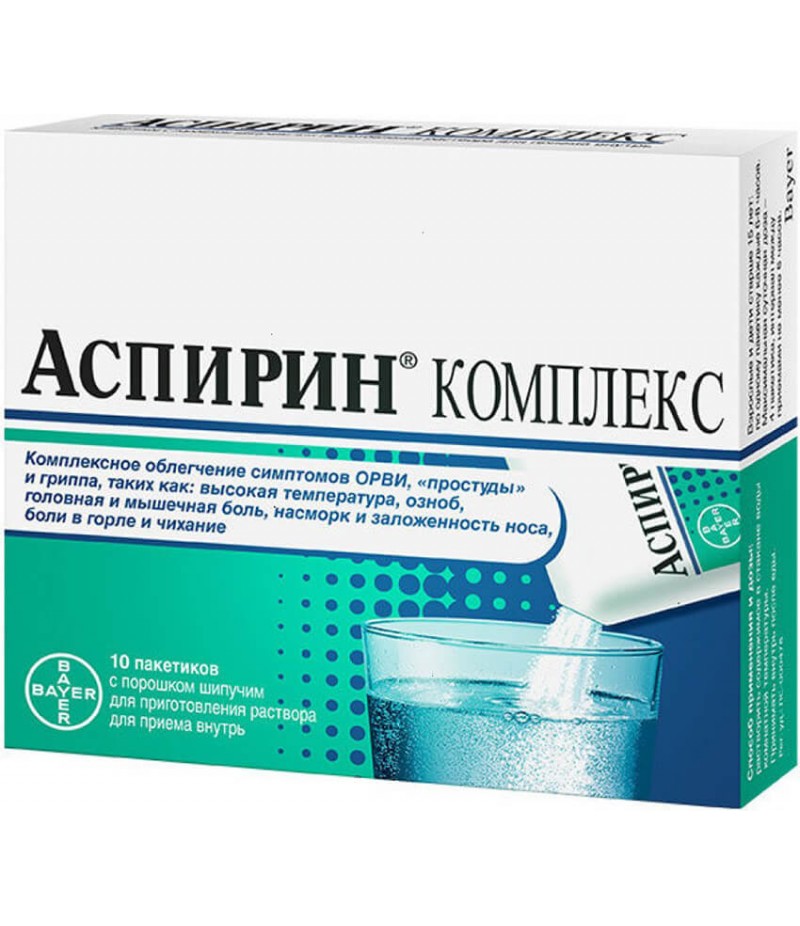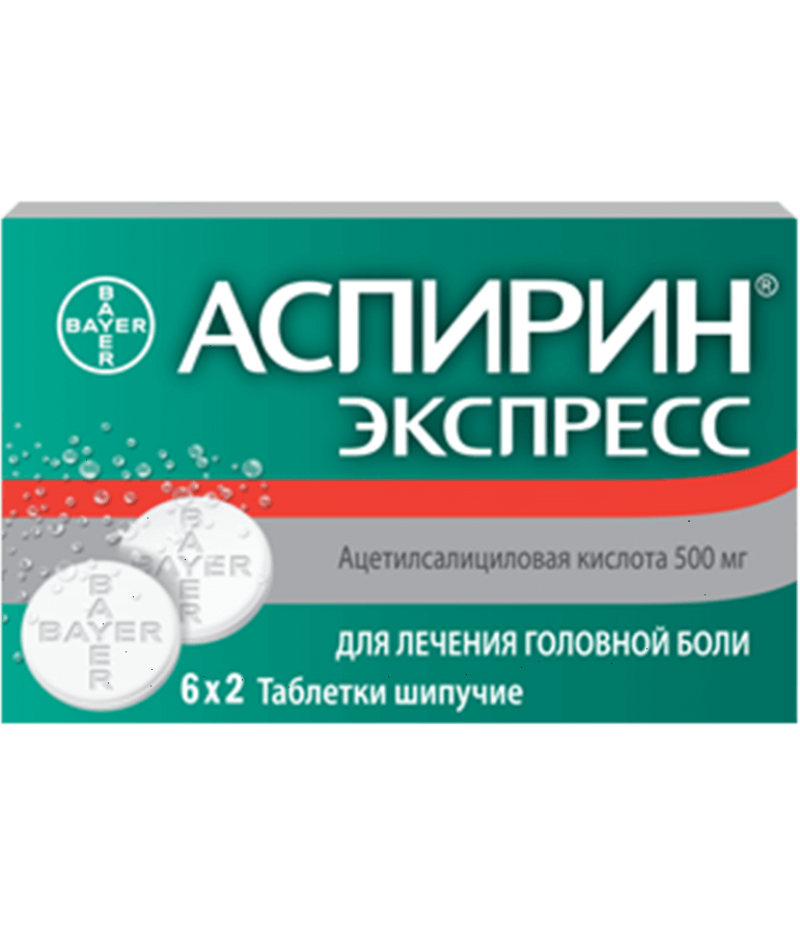Acetylsalicylic acid (Aspirin) 500mg #20
- $1.21
- 3 or more $1.15
- 5 or more $1.03
- 7 or more $0.99
- Availability:In Stock
Acetylsalicylic acid (Aspirin) instruction for useYou can buy Acetylsalicylic acid (Aspirin) on this pageCompositionThe tablet contains 0.1, 0.25 or 0.5 grams, then the active ingredient, as well as c
Tags: tabs
Acetylsalicylic acid (Aspirin) instruction for use
You can buy Acetylsalicylic acid (Aspirin) on this page
Composition
The tablet contains 0.1, 0.25 or 0.5 grams, then the active ingredient, as well as citric acid (in the form of monohydrate) and potato starch.
Form of issue
tablets 0.1, 0.25 and 0.5 grams;
tablets are packaged in contour radioactive packaging №10х1, №10х2, №10х3.
pharmachologic effect
The drug relieves pain, fever and inflammation, prevents platelet aggregation.
Pharmacological group: NSAIDs.
Pharmacodynamics and pharmacokinetics
Acetylsalicylic acid - what is it?
Acetylsalicylic acid is Aspirin, a salicylic ester of acetic acid.
The formula of acetylsalicylic acid - C₉H₈O</s>.
Code OKPD 24.42.13.142 (acid acetylsalicylic acid in a mixture with other drugs).
Obtaining Acetylsalicylic acid (Aspirin)
In the production of Acetylsalicylic acid (Aspirin), the method of esterification of salicylic acid with ethanoic acid is used.
Pharmacodynamics
Suppressing the enzyme COX, violates the production of prostaglandins and ATP products. It has antipyretic and anti-inflammatory activity, inhibits the aggregation of platelets.
The analgesic effect is due to both central and peripheral action. When feverish conditions reduce the temperature, acting on the center of thermoregulation.
Aggregation and adhesion of platelets, as well as thrombogenesis, are reduced by the ability of Acetylsalicylic acid (Aspirin) to inhibit the synthesis of thromboxane A2 (TXA 2) in platelets. It inhibits the synthesis of prothrombin (coagulation factor II) in the liver and - in a dose exceeding 6 g / day. - Increases PTV.
Pharmacokinetics
Absorption of the substance after taking the drug inward is almost complete. The period of semi-elimination of unchanged Acetylsalicylic acid (Aspirin) is no more than 20 minutes. TCmax Acetylsalicylic acid (Aspirin) in blood plasma - 10-20 minutes, total salicylate, formed due to metabolism, - from 0.3 to 2.0 hours.
In the albumin-related condition, about 80% of acetylsalicylic and salicylic acids are present in the plasma. Biological activity persists even when the substance is in a protein-bound form.
Metabolised in the liver. It is excreted by the kidneys. The pH of urine affects the excretion: when it becomes acidified, it decreases, and when alkalinized it increases.
Pharmacokinetic parameters depend on the value of the dose taken. Elimination of the substance is nonlinear. And in children of the first year of life, in comparison with adults, it proceeds much more slowly.
Indications for use: what helps the pill Acetylsalicylic acid?
Indications for the use of Acetylsalicylic acid are:
febrile conditions in diseases of an infectious and inflammatory nature;
rheumatoid arthritis;
rheumatism;
inflammatory lesion of the myocardium, caused by an immunopathological reaction;
pain syndrome of various origins, including headache and toothache (including headache associated with alcohol withdrawal syndrome), pain in the joints and muscles, neuralgia, migraine, algodismenorea.
Also, aspirin (or acetylsalicylic acid) is used for preventive purposes in case of thrombosis, thromboembolism, myocardial infarction (for myocardial infarction the drug is prescribed for secondary prevention).
Contraindications
Admission Acetylsalicylic acid (Aspirin) is contraindicated in:
"Aspirin" asthma;
in the period of exacerbation of erosive-ulcerative lesions of the digestive canal;
gastric / intestinal bleeding;
avitaminosis K;
hemophilia, hypoprothrombinemia, hemorrhagic diathesis;
deficiency of the G6PD enzyme;
portal hypertension;
failure of kidney / liver function;
aortic dissection;
during treatment with Methotrexate (if the weekly dose of the drug exceeds 15 / mg);
gouty arthritis, gout;
pregnancy (absolute contraindications are the first three and the last three months);
breastfeeding;
hypersensitivity to Acetylsalicylic acid (Aspirin) / salicylates.
Side effects
Side effects of Acetylsalicylic acid (Aspirin) treatment can be manifested as:
nausea;
gastralgia;
anorexia;
allergic reactions;
diarrhea;
thrombocytopenia;
erosive and ulcerative lesions of the digestive canal;
renal and / or hepatic insufficiency.
With prolonged use, noise in the ears appears, the severity of hearing is reduced, vision is impaired, dizziness occurs and, when taking high doses, headaches. Also possible bleeding, hypocoagulation, vomiting, bronchospasm.
Acetylsalicylic acid, instructions for use (Method and dosage)
With active rheumatism, adult patients are prescribed 5 to 8 g Acetylsalicylic acid (Aspirin) per day. For the child, the dose is calculated depending on the weight. As a rule, it varies from 100 to 125 mg / kg / day. Multiplicity of application - 4-5 rubles / day.
In 1-2 weeks after the start of the course, the dose for a child is reduced to 60-70 mg / kg / day, for adults the dosage remains the same. Continue treatment should be up to 6 weeks.
According to the instructions for the use of Acetylsalicylic acid, the drug should be discontinued gradually within 1-2 weeks.
Acetylsalicylic acid from a headache and as a means of temperature is prescribed in lower dosages. So, with pain syndrome and febrile conditions, the dose for 1 reception for an adult is from 0.25 to 1 g with a multiplicity of applications from 4 to 6 rubles / day.
It should be remembered that with headache Acetylsalicylic acid (Aspirin) is particularly effective if the pain is provoked by an increase in ICP (intracranial pressure).
For children, the optimal dose for one dose is 10-15 mg / kg. Multiplicity of applications - 5 r. / Day.
Treatment should not last more than 2 weeks.
To prevent thrombosis and embolism, Acetylsalicylic acid (Aspirin) takes 2-3 r. / Day. 0.5 g. To improve the rheological properties (for liquefaction) of blood, the drug is taken for a long time at 0.15-0.25 g / day.
For a child over the age of five, a single dose of 0.25 grams, four-year-olds are allowed to give 0.2 g Acetylsalicylic acid (Aspirin) once, two-year-old children 0.1 grams, one-year-olds 0.05 grams.
It is forbidden to give Acetylsalicylic acid (Aspirin) to children from the temperature, which rises against the background of a viral infection. The drug acts on the same structures of the brain and liver as some viruses, and in combination with a viral infection can provoke a child's development of Reye's syndrome.
Application of Acetylsalicylic acid in cosmetology
Face mask with Acetylsalicylic acid allows you to quickly remove the inflammation, reduce swelling of the tissues, remove redness, remove the surface layer of dead cells and clean the clogged pores.
The drug well dries out the skin and dissolves perfectly in fats, which makes it expedient to use it as a remedy for acne: pills, moistened with water, put on inflamed elements on the face or added to face masks.
Acetylsalicylic acid against acne works well in combination with lemon juice or honey. Effective to eliminate skin problems and mask with clay.
To prepare a lemon-aspirin mask, tablets (6 pieces) are simply triturated with freshly squeezed juice until a homogeneous mass is obtained. Then the medicine is dotted on the inflamed pimples and left on them until it dries.
The mask with honey is prepared as follows: tablets (3 pieces) are moistened with water, and then, when they dissolve, mix with 0.5-1 spoon (tea) honey.
For the preparation of a clay mask, 6 crushed Acetylsalicylic acid tablets and 2 tablespoons (tea) white / blue clay should be mixed with warm water.
Overdose
Overdose can be a consequence:
long-term treatment of Acetylsalicylic acid;
one-time injection of too high a dose of the drug.
A sign of overdose is a syndrome of salicylism, manifested by general malaise, hyperthermia, tinnitus, nausea, vomiting.
Severe intoxication is accompanied by convulsions, stupor, coma, severe dehydration, non-cardiogenic pulmonary edema, renal insufficiency, CBS disturbances, shock.
In case of an overdose of Acetylsalicylic acid, the victim should be immediately hospitalized. He washed the stomach, give activated charcoal, check CBS.
Depending on the state of CBS and the balance of water and electrolytes, the administration of solutions of sodium lactate, sodium citrate and sodium bicarbonate (as an infusion) can be prescribed.
If the urine pH is 7.5-8.0, and the plasma concentration of salicylates exceeds 300 mg / L (in a child) and 500 mg / L (in an adult), intensive treatment with alkaline diuretics is required.
With severe intoxication, hemodialysis is performed; compensate for fluid loss; prescribe symptomatic treatment.
Interaction
Increases the toxicity of barbituric drugs, valproic acid, methotrexate, the effects of oral hypoglycemic drugs, digoxin, narcotic analgesics, triiodothyronine, sulfonamide drugs.
Weakens the effects of diuretics (potassium-sparing and loop), hypotensive drugs from the ACE inhibitor group, the action of uricosuric agents.
With simultaneous use with antithrombotic drugs, thrombolytic agents, indirect anticoagulants increases the risk of bleeding.
SCS increases the toxic effect of Acetylsalicylic acid on the mucosa of the digestive canal, increases its clearance and reduces the plasma concentration.
When used simultaneously with Li salts, the plasma concentration of Li + ions increases.
Increases the toxic effect of alcohol on the mucosa of the digestive canal.
Terms of sale
Ointment leave.
Storage conditions
Tablets should be stored in a dry place at temperatures below 25 ° C.
Shelf life
Four years.
special instructions
The drug should be used with caution in people with kidney and liver pathologies, bronchial asthma, with increased bleeding, decompensated CHF, during treatment with anticoagulants, as well as in people with a history of erosive and ulcerative digestive tract lesions and / or gastric / intestinal bleeding.
Even in minor doses, Acetylsalicylic acid reduces the excretion of uric acid, which in predisposed patients can cause an acute attack of gout.
When taking high doses of Acetylsalicylic acid or the need for prolonged treatment with the drug, it is required to regularly monitor the level of hemoglobin and to be observed by the doctor.
As an anti-inflammatory agent, the use of Acetylsalicylic acid in a dose of 5-8 g / day. is limited because of the increased risk of developing side effects from the gastrointestinal tract.
To reduce bleeding during surgery and in the postoperative period, salicylates are stopped 5-7 days before surgery.
When taking Acetylsalicylic acid, it should be remembered that this remedy without a doctor's consultation for anesthesia can take no more than 7 days. As an antipyretic Acetylsalicylic acid it is allowed to drink no more than 3 days.
Chemical properties of the substance
Crystallization of Acetylsalicylic acid produces colorless needles or monoclinic polyhedra with slightly acidic taste. The crystals are stable in dry air, but with increasing humidity they gradually hydrolyze to salicylic and acetic acids.
The substance in its pure form is a crystalline powder of white color and practically odorless. The appearance of the smell of acetic acid is evidence that the substance has begun to hydrolyze.Acetylsalicylic acid
undergoes esterification under the action of alkaline bicarbonates, alkaline hydroxides, and also in boiling water.Acetylsalicylic acid
is poorly soluble in water, soluble in chloroform and ether, easily soluble in 96% ethanol. The solubility of Acetylsalicylic acid in water / aqueous media is strongly influenced by the pH level: the higher the alkalinity of the solvent, the more readily the substance dissolves.
For children
In children, Acetylsalicylic acid (Aspirin) can not be used for hyperthermia associated with a viral infection, since such a combination can cause the development of a life-threatening child - Reye's syndrome.
In newborn infants, salicylic acid is able to displace bilirubin from the bond with albumin and promote the development of encephalopathy.Acetylsalicylic acid (Aspirin)
easily penetrates into all the fluids and tissues of the body, including the cerebrospinal, synovial and peritoneal fluid.
In the presence of edema and inflammation, the penetration of salicylate into the joint cavity is accelerated. In the stage of inflammation, on the contrary, it slows down.
Acetylsalicylic acid and alcohol
Alcohol during Acetylsalicylic acid (Aspirin) is contraindicated. This combination can cause gastric and intestinal bleeding, as well as severe hypersensitivity reactions.
Why Acetylsalicylic Acid with a Hangover?
Acetylsalicylic acid (Aspirin) is a very effective remedy for a hangover, which is due to the antiaggregant effect of the drug.
However, it should be remembered that taking a pill is better not to drink alcohol, but about 2 hours before the feast. This reduces the risk of microthrombi formation in small vessels of the brain and, in part, edema of tissues.
Application in pregnancy and breastfeeding
Acetylsalicylic acid is contraindicated in pregnancy. Especially in the first and last three months of bearing the fetus. In the early stages of taking the drug may increase the risk of developing birth defects, late - the pregnancy and the weakening of labor.Acetylsalicylic acid (Aspirin) and its metabolites penetrate milk in small amounts. After accidental administration of the drug, side effects were not observed in infants, and as a rule, it is not necessary to interrupt breastfeeding (GV).
If a woman is shown long-term treatment with high doses of Acetylsalicylic acid, it is necessary to stop HS.
Reviews
Practically all the comments about ASK are positive. The drug is inexpensive, effective, well-studied, has a wide range of applications. Tablets excel in inflammation and fever, and regular administration of Acetylsalicylic acid in small doses reduces the risk of cardiovascular complications in predisposed patients.
Minuses of the drug are usually called potentially side effects. However, as most people note, in order to avoid them, during the treatment period it is enough to follow certain rules: at least before taking the tablets, you should carefully read the instructions and give up alcohol for the entire treatment period.


